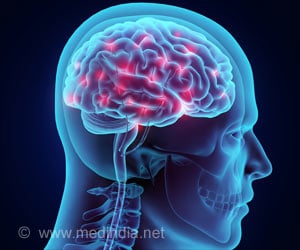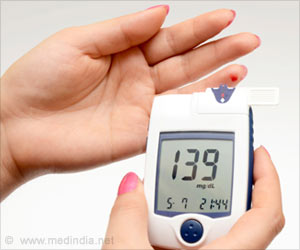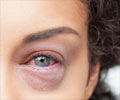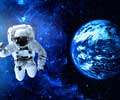To study how zero-gravity conditions affect intracranial pressure, researchers recruited volunteer patients who had had a port permanently placed in their head.

‘The constancy of pressure on the back of the eye causes the vision problems astronauts experience over time.’





The ports provided a way for researchers to measure intracranial pressure. NASA flights then flew the eight volunteers one by one on steep up-and-down maneuvers (parabolic flights) that created 20-second intervals of weightlessness. The researchers measured intracranial pressure during the zero-gravity intervals and compared these with intracranial pressure during standard times of sitting, lying face upward (supine), and lying with head inclined downward.
The findings showed that intracranial pressure in zero-gravity conditions, such as exists in space, is higher than when people are standing or sitting on Earth, but lower than when people are sleeping on Earth.
"These challenging experiments were among the most ambitious human studies ever attempted and changed the way we think about the effect of gravity - and its absence - on pressure inside the brain," said senior author Dr Benjamin Levine, Professor of Internal Medicine.
It suggests that the constancy of pressure on the back of the eye causes the vision problems astronauts experience over time.
Advertisement
"The idea is that the astronauts would wear negative pressure clothing or a negative pressure device while they sleep, creating lower intracranial pressure for part of each 24 hours," noted first author Dr Justin Lawley in a paper appeared in the Journal of Physiology.
Advertisement











